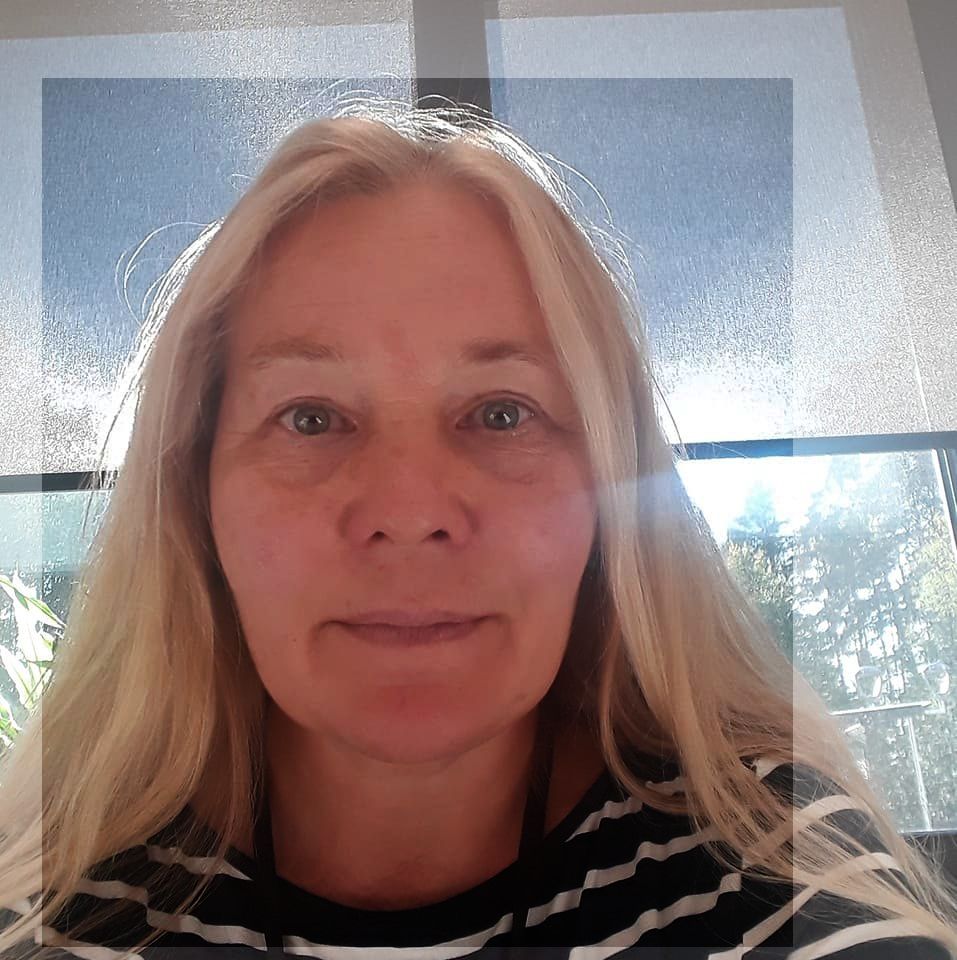
| Version | Summary | Created by | Modification | Content Size | Created at | Operation |
|---|---|---|---|---|---|---|
| 1 | Jūratė Jolanta Petronienė | -- | 529 | 2023-12-06 15:33:45 | | | |
| 2 | Jūratė Jolanta Petronienė | Meta information modification | 583 | 2023-12-06 15:36:15 | | | | |
| 3 | Catherine Yang | + 2 word(s) | 585 | 2023-12-07 01:57:33 | | |
Video Upload Options
1. Introduction
Jurate Jolanta Petroniene defended thesis and was awarded PhD in Chemistry 2020. Prior to doctoral studies, she successfully worked in an industrial company and in the service of scientific laboratories. Education acquired in the fields of Physical Chemistry and Electrochemistry. Main research performed in the field of electrochemical analysis, surface investigation by Scanning Electrochemical microscopy (SECM) [1][2].
2. Research
SECM is powerful technique for surface investigation. Combined with other methods and devices SECM enables to investigate electrochemical scans of the surface structure, and to evaluate the surface relief with a value of half a micrometer. Evaluated electrochemical (amperometric) enzymatic biosensor based on two composite structures consisting of perforated polycarbonate membrane modified by carbon-nanomaterials. The successful tests allow us to say that the glucose sensors created by the chosen method can be reduced according to the perforation dimensions of the polycarbonate film. SECM was successfully applied for measurements of the cellular response to oxidative stress. The application of this device can be used to make assumptions about cell membrane permeability and other biochemical parameters. The combination SECM and fast Fourier transform-electrochemical impedance spectroscopy (FFT-EIS) as a new tool, which we entitled ‘fast Fourier transform – scanning electrochemical impedance microscopy (FFT-SEIM)’ suitable for the evaluation and treatment of highly complicated electrochemical systems, in which the electrical signal is under limitations of very small surface area of the electrode and Faradaic process is controlled by slow diffusion of species in the electrolyte. This solution led to a better understanding of the diffusion-resolved electrochemical signals due to the geometry of the ultramicroelectrode. The yeast Saccharomyces Cerevisiae active and inactivated cells investigation, with mediators entering the cell by diffusion, have been performed and described[5]. Investigation of human healthy and dilated left ventricle myocardium-derived mesenchymal stem cells (hmMSCs) by generation-collection mode of scanning electrochemical microscopy (GC-SECM) using 2-methylnaphthalene-1,4-dione (menadione or MD) as a redox mediator presented in three publications. The results achieved in surface electrochemical activity investigations of conductive material and insulators, glucose sensor manufacturing on carbon nanomaterial compositions[6]. The investigation of the activity of living single cell by registration the change in concentrations of electrochemically active substances close to the surface by SECM[7][8]. Postdoctoral studies is in Mechanical engineering of resistive and biodegradable films for force sensors[9]. Further scientific activity: development and improvement of various sensors based on the knowledge of the chemical interaction of substances, the mechanical properties of the material and the possibilities of changing the structure based on the knowledge of physical chemistry and electrochemistry. Work experience in institutions of Lithuania, in Vilnius: Vilnius University, Center for Physical Sciences and Technology, Innovative Medical Center. Work in projects in the mentioned institutions and in project in Vilnius University Faculty of Medicine. Internship in Poland Warsaw Institute of Physical Chemistry of the Polish Academy, where improved working knowledge with SECM. Internship in Clarkson University, Potsdam, USA in the Center for Advanced Materials Processing, where improved knowledge in electrochemical deposition of multi-metallic coatings using rotating disc electrodes. Electrochemically deposited coatings are designed to produce the hydrogen as a fuel from alkaline solutions. Postdoctoral studies in Vilnius TECH University, Department of Mechatronics, Robotics and Digital Manufacturing.
References
- Petroniene, J., Morkvenaite-Vilkonciene, I., Miksiunas, R., Bironaite, D., Ramanaviciene, A., Rucinskas, K., ... & Ramanavicius, A. Scanning electrochemical microscopy for the investigation of redox potential of human myocardium-derived mesenchymal stem cells grown at 2D and 3D conditions. .Electrochimica Acta. 2020, 360, 136956.
- Bironaite, D., Petroniene, J., Miksiunas, R., Zinovicius, A., Morkvenaite-Vilkonciene, I., & Ramanavicius, A. (2023). Scanning electrochemical microscopy for the stimulation and investigation of human skeletal muscle-derived mesenchymal stem/stromal cells. Electrochimica Acta. 2023, 455, 142389.
- Morkvenaite-Vilkonciene, I., Valiūnienė, A., Petroniene, J., & Ramanavicius, A. (2017). Hybrid system based on fast Fourier transform electrochemical impedance spectroscopy combined with scanning electrochemical microscopy. .Electrochemistry Communications. 2017, 83, 110-112.
- Valiūnienė, A., Sabirovas, T., Petronienė, J., & Ramanavičius, A. Towards the application of fast Fourier transform-scanning electrochemical impedance microscopy (FFT-SEIM). .Journal of Electroanalytical Chemistry. 2020, 864, 114067.
- Valiūnienė, A., Petronienė, J., Dulkys, M., & Ramanavičius, A. . Investigation of active and inactivated yeast cells by scanning electrochemical impedance microscopy. Electroanalysis. 2020, 32(2), 367-374.
- Petronienė, J. J., Rožėnė, J., Zinovičius, A., Morkvėnaitė-Vilkončienė, I., & Ramanavičius, A. Miniaturized biosensor based on carbon nanomaterials and glucose oxidase.. University of Aveiro, ANM2022, 5th International Conference on Nanomaterials Science. 2022, 1, 3386.
- Petroniene, J., Morkvenaite‐Vilkonciene, I., Miksiunas, R., Bironaite, D., Ramanaviciene, A., Mikoliunaite, L., ... & Ramanavicius, A. Evaluation of redox activity of human myocardium‐derived mesenchymal stem cells by scanning electrochemical microscopy. Electroanalysis. 2020, 32(6) , 1337-1345..
- Ramanavicius, A., Morkvenaite-Vilkonciene, I., Samukaite-Bubniene, U., Petroniene, J. J., Barkauskas, J., Genys, P., ... & Ramanaviciene, A. Scanning electrochemical microscopy and electrochemical impedance spectroscopy-based characterization of perforated polycarbonate membrane modified by carbon-nanomaterials and glucose oxidase. Colloids and Surfaces A: Physicochemical and Engineering Aspects. 2021, 624, , 126822.
- Žaimis, U., Petronienė, J. J., Dzedzickis, A., & Bučinskas, V. Biodegradable Carrageenan-Based Force Sensor: An Experimental Approach. Sensors. 2023, 23(23) , 9423.

Location: Vilnius, Lithuania




